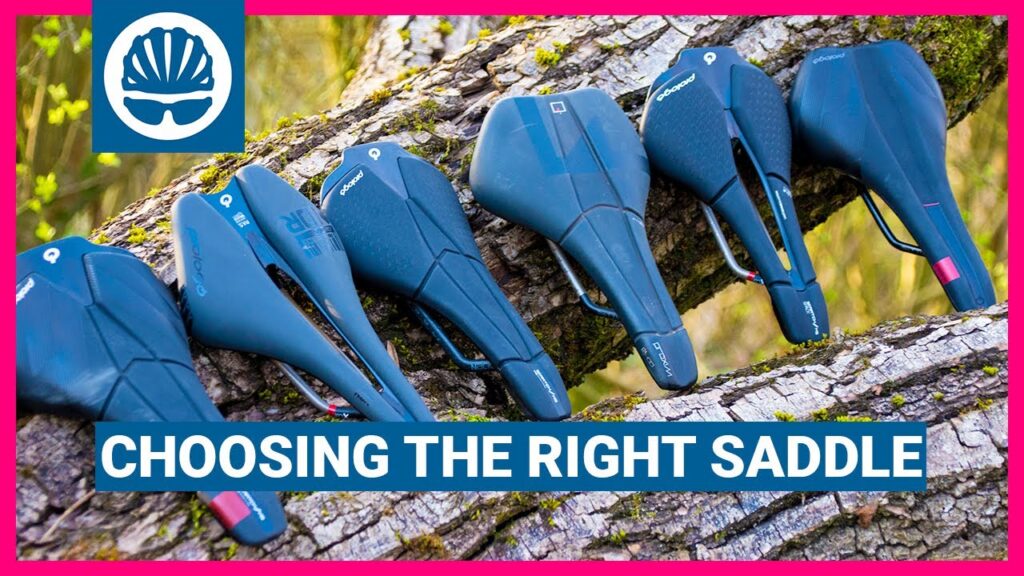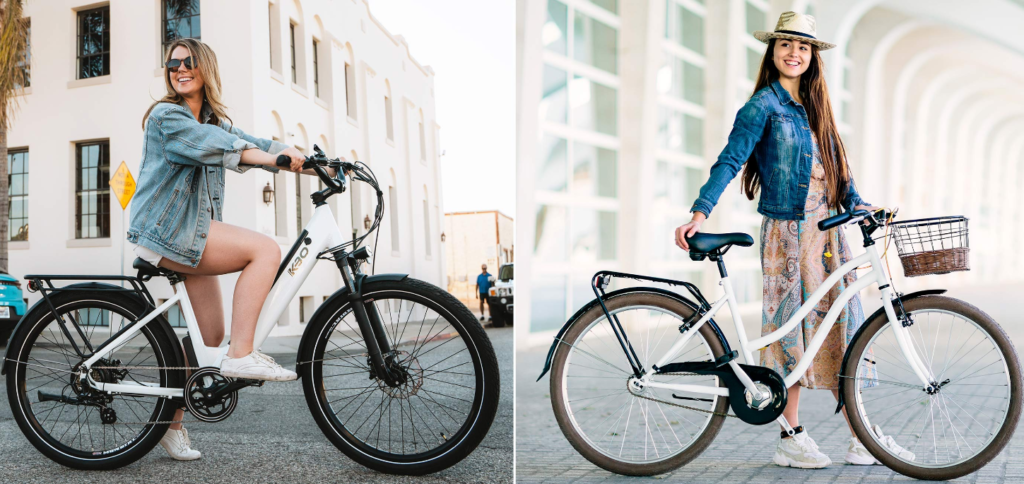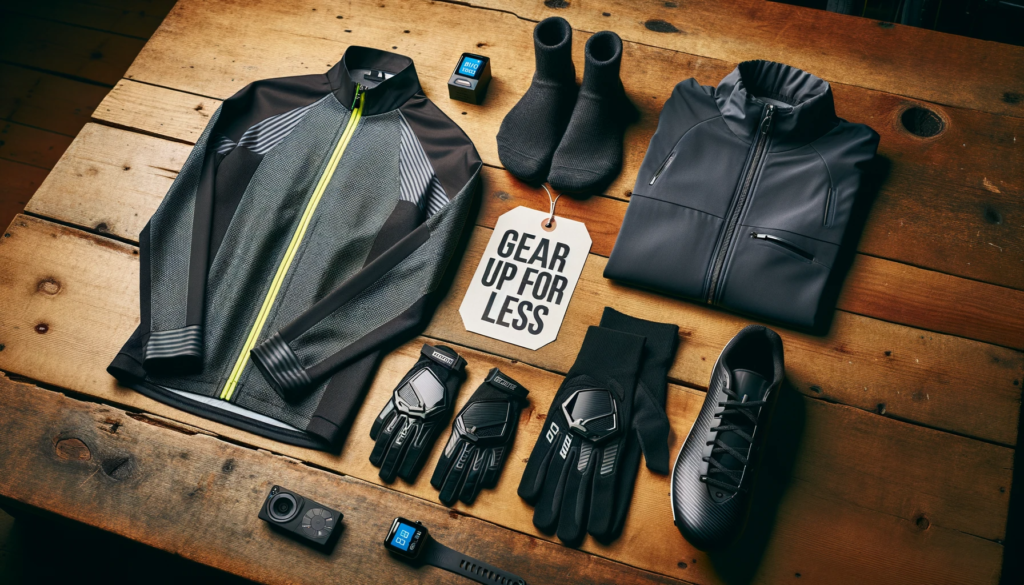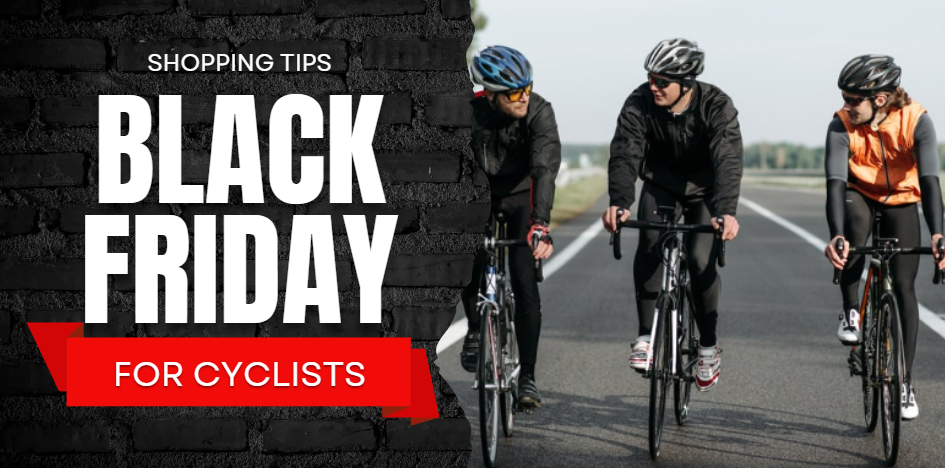To choose the right road bike saddle, consider your riding position and sit bone width. Proper fit ensures comfort and performance.
Finding the perfect road bike saddle is crucial for any cyclist looking to enjoy long rides without discomfort. The right saddle will support your sit bones and provide adequate cushioning for a smooth ride.
A bad one? Well, it can turn your ride into a painful ordeal. Since road biking often means hours in a forward-leaning position, finding the perfect saddle is key. By understanding your riding position and measuring your sit bone width, you can select a saddle that fits your body and riding style.
Let’s walk through everything you need to know about how to choose the right road bike saddle.
Why the Saddle Matters
First things first, why does the saddle matter so much?
It’s where you sit, plain and simple. If it’s not comfortable, your ride won’t be either. Road biking isn’t like a quick spin around the block—it’s about speed, efficiency, and endurance.
The saddle needs to support your body in that aggressive riding position without causing pain or numbness. So, let’s dive into the factors you’ll want to consider.
Factors to Consider When Choosing a Road Bike Saddle
Here’s the breakdown of what to think about. We’ll cover size, shape, materials, padding, rails, and more. Ready? Let’s go!
1. Size and Shape: Finding the Right Fit
Your saddle needs to fit your body, and that starts with size and shape.
Measuring Your Sit Bones
The key measurement here is your sit bone width. Sit bones are the bony parts of your pelvis that take your weight when you sit. To find out how wide they are, you can try a simple trick at home. Sit on a piece of corrugated cardboard on a hard surface, then measure the distance between the two dents your bones leave. Or, pop into a bike shop—they often have special tools to measure this for you.
Choosing the Right Width
Once you know your sit bone width, pick a saddle that matches it. Most saddles come in widths from 130mm to 160mm or more. Too narrow, and your sit bones won’t get proper support—hello, discomfort! Too wide, and you might get chafing or feel restricted. Get this right, and you’re off to a great start.
Understanding Saddle Shapes
Next, think about shape. Saddles can be flat, curved, or have a slight dip in the middle. For road biking, where you lean forward a lot, a saddle with a gentle curve or a cutout might feel better. It helps take pressure off sensitive spots. But here’s the thing: shape is personal. What works for your buddy might not work for you. Trying a few is the best way to figure it out.
2. Material and Construction: Comfort Meets Performance
What the saddle is made of affects how it feels and how long it lasts. Let’s look at the options.
Leather vs. Synthetic
Leather saddles are old-school and super comfy once they’re broken in—they mold to your body over time. But they need regular care, like cleaning and conditioning. Synthetic saddles, on the other hand, are lighter and easier to maintain. For road biking, where weight matters, synthetic ones are often the go-to. Still, some riders love the feel of leather. It’s up to what you value most.
Durability and Maintenance
Leather lasts forever if you look after it, but it’s heavier. Synthetic saddles are durable too, and they don’t ask for much upkeep. Think about how much effort you want to put into maintenance.
Weight Considerations
Road biking is all about efficiency, so a lighter saddle can be a big plus. Synthetic materials or carbon shells often shave off grams compared to leather or plastic. If you’re chasing speed, keep this in mind.
3. Padding and Comfort: Less Can Be More
Padding seems like it’d make a saddle comfy, right? Not always. Let’s break it down.
How Much Padding Do You Need?
A thick, cushy saddle might feel great at first, but on long rides, it can bunch up and press into sensitive areas. A firmer saddle often works better for road biking. It supports your sit bones evenly over time. That said, some folks like a bit more cushion, especially if they sit more upright. It’s about finding your sweet spot.
Pressure Relief Features
Many saddles have cutouts or channels in the middle. These reduce pressure on your perineum—the soft tissue down there—which can prevent numbness on long rides. If you’ve ever felt tingly after a ride, a cutout might be worth a try.
Testing for Comfort
Comfort is super personal. A saddle that’s perfect for one rider might be torture for another. If you can, test different levels of padding to see what clicks for you.
4. Rails: Weight, Comfort, and Cost
The rails attach the saddle to your bike’s seat post. They matter more than you might think.
Material Options
- Steel Rails: Strong, affordable, and a bit heavy. Great if you’re on a budget.
- Titanium Rails: Lighter and good at soaking up road vibrations. They cost more, though.
- Carbon Rails: The lightest option, with some vibration damping too. But they’re pricey and can be brittle.
Why It Matters for Road Biking
Since road biking is about shedding weight, titanium or carbon rails can give you an edge. They also smooth out bumpy roads a bit. Steel works fine if you’re not worried about a few extra grams. Just make sure the rails fit your seat post clamp—most do, but double-check.
5. Brand, Price, and Reviews: Sorting Through the Choices
With so many saddles out there, brands and prices can help narrow it down.
Popular Brands
Some big names in road bike saddles are Fizik, Selle Italia, Specialized, and Brooks. Each has its own vibe—Fizik is sleek and modern, Brooks is classic and leather-focused. Check out what they offer to see what catches your eye.
Price vs. Quality
Saddles range from $50 to over $300. Higher prices often mean better materials, but not always better comfort. A fancy saddle might not suit you as well as a cheaper one. Don’t just chase the price tag—focus on fit.
Using Reviews and Tests
Read what other riders say. Look for reviews from people with your body type or riding style. Better yet, try before you buy. Some bike shops let you test saddles or return them if they don’t work out. That’s a lifesaver.

Credit: www.bikeradar.com
Importance Of Proper Adjustment
Choosing the right road bike saddle is crucial for comfort and performance. Properly adjusting the saddle tilt ensures optimal support and reduces discomfort during rides.
Adjusting the saddle height is important for proper leg extension and efficient pedaling. It’s recommended to experiment with small adjustments to find the ideal position that works best for you.
Testing And Evaluating Saddles
Before purchasing a road bike saddle, it’s crucial to test it out first. Take the saddle for a spin to ensure it provides the right comfort and support.
Consulting with experts can also provide valuable insights and recommendations. Their expertise can help in making an informed decision on the most suitable saddle for your needs.
Dealing With Common Discomfort Issues
When choosing a road bike saddle, it’s crucial to address common discomfort issues.
Numbness and tingling in the pelvic area can be alleviated by selecting a saddle with a center cutout or groove. Look for a design that reduces pressure on sensitive areas.
Saddle sores are another prevalent problem that can be mitigated by choosing a saddle with the right width and padding. Ensure the saddle fits your sit bones and provides adequate support.
Consider seeking professional guidance to find the perfect saddle that suits your individual needs.
Maintaining Your Saddle
Proper maintenance of your road bike saddle is essential for a comfortable and efficient ride. When choosing the right saddle, consider factors such as width, padding, and material to ensure a proper fit and support. Regular cleaning and checking for wear and tear can prolong the lifespan of your saddle and enhance your biking experience.
| 1. Cleaning and Conditioning: Regularly clean the saddle with a mild soap and water solution to prevent dirt buildup. Conditioning the leather helps maintain its suppleness and longevity. |
| 2. Replacing Worn Saddles: Check your saddle for signs of wear such as sagging or tears. Replace the saddle if it no longer provides adequate support and comfort. |
Extra Tips to Get It Right
Here are a few more things to keep in mind as you choose and use your saddle.
- Set the Height and Angle: Even the best saddle won’t feel good if it’s too high, too low, or tilted wrong. Adjust it so your legs extend comfortably. A bike fitting can nail this down.
- Give It Time: New saddles, especially leather ones, might need a few rides to break in. Don’t judge too fast.
- Know When to Swap It Out: If your saddle’s worn out or you’re hurting more than usual, it might be time for a new one.
- Match Your Style: Love climbing hills? Sprinting? Long, flat rides? Your riding habits can shape what saddle works best.
- Pair It with Good Shorts: Cycling shorts with a padded chamois can boost comfort big-time. Make sure they fit well.
Frequently Asked Questions
How Do I Choose A Good Road Bike Saddle?
To choose a good road bike saddle, consider the following factors: your riding style, the shape and width of the saddle, the material it’s made of, the padding and support it provides, and your budget. Test ride different saddles to find the one that feels comfortable and suits your needs.
What Size Road Bike Saddle Do I Need?
To determine the right size road bike saddle, consider your sit bone width for optimal comfort and support. Measure this width to find a saddle that fits you best.
How Do You Know What Shape Saddle To Get?
To determine the right saddle shape, consider your riding style, sit bone width, and flexibility. Get measured by a professional for accurate fit.
How To Get The Right Bike Saddle?
To get the right bike saddle, consider your riding style, sit bone width, padding preference, and material. Test different options for comfort.
Conclusion
Choosing the right road bike saddle is a bit of a journey. It’s not one-size-fits-all—what’s perfect for someone else might not be for you. Focus on size, shape, material, padding, and rails to find your match.
Don’t be shy about testing options or asking for advice at a bike shop. The right saddle is out there waiting for you. Once you find it, your rides will feel so much better.




